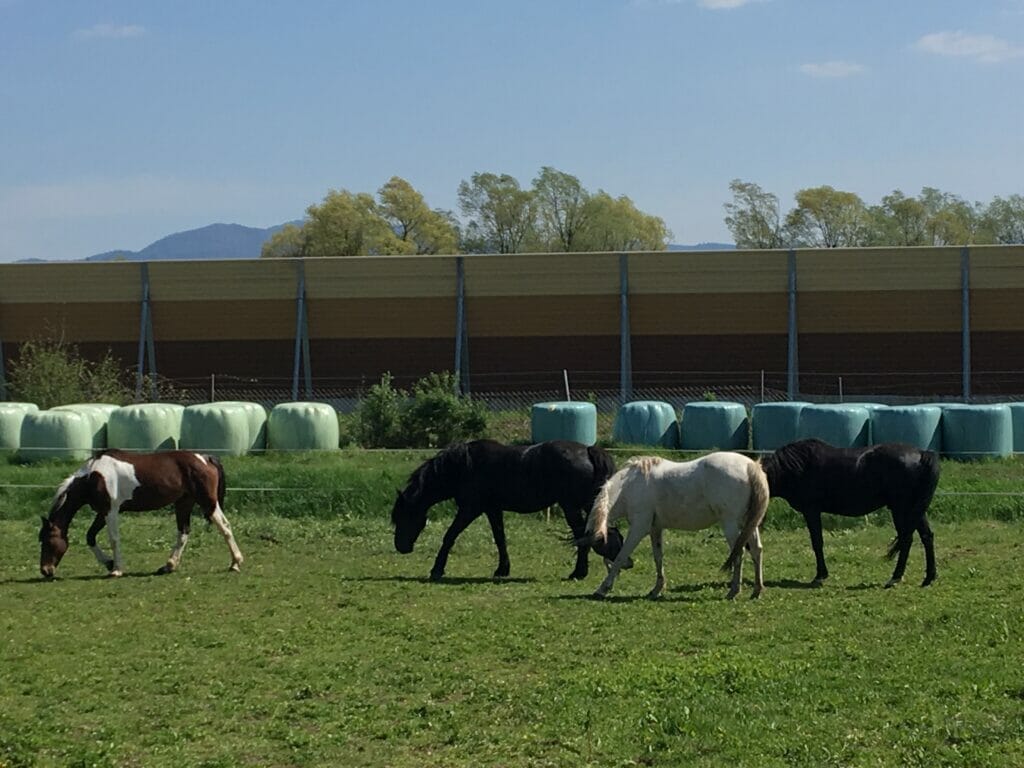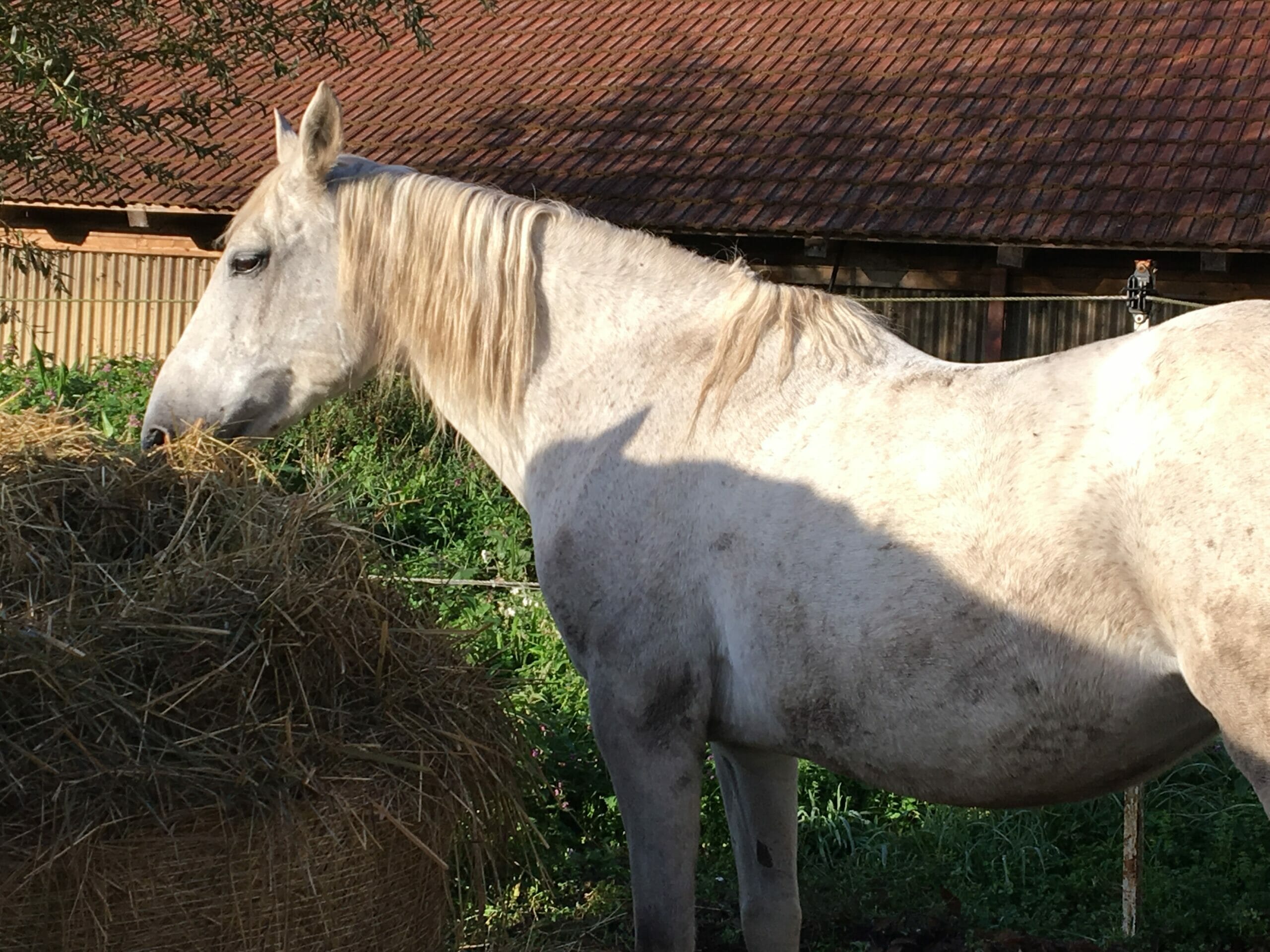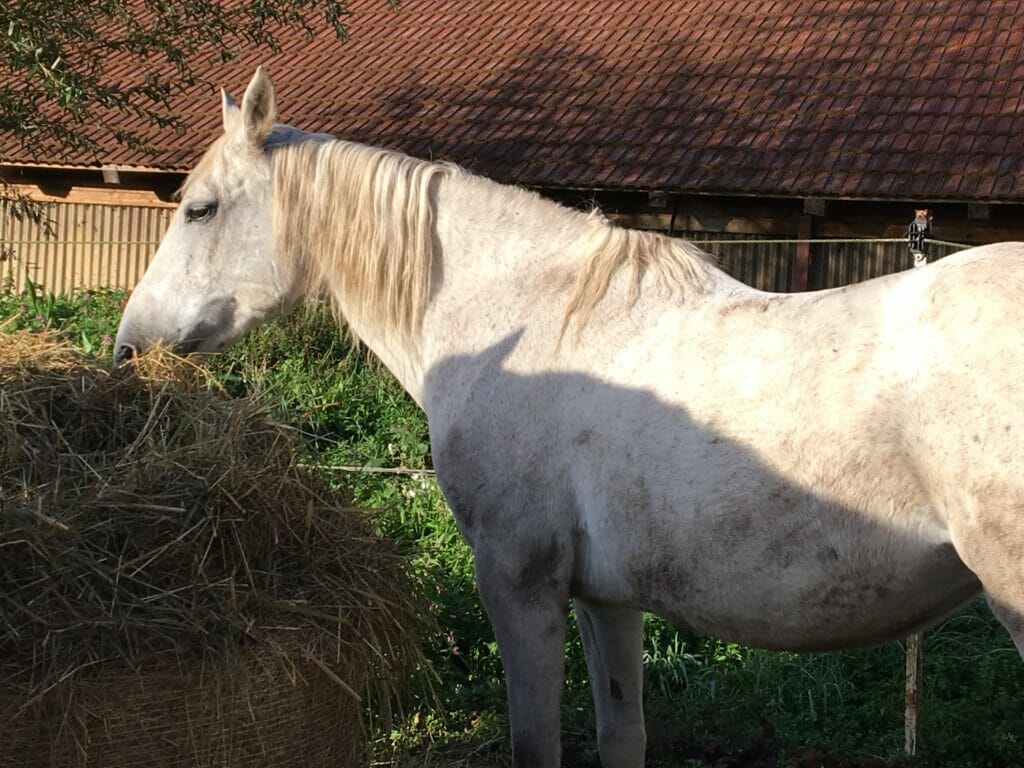
Contributed by Katja Porenta, EEBW
The goal of every educated rider is to develop their horse into a happy and healthy athlete through correct and regular work. The benefits of a good training regime include increased performance, improved coordination and changes in the horse’s posture.
A relaxed, confident posture and well-developed muscles are the reward for patience and hard work, but it is sometimes a goal that’s hard to achieve.
Riders like to forget that it is not only the training that influences the horse’s posture, it’s his environment and the way he spends his free time as well. Have you ever thought about what your horse’s posture looks like the other 23 hours?
Form follows function
Developing a beautiful, healthy posture and strong muscles is a great way to keep a horse healthy. Regular exercise and an adequate amount of movement are key to success for all mammals, really.
In horses, training and learning how to carry a rider plays a big role. A horse that can carry his rider in a correct, balanced way, will have a much easier time developing strong muscles. The important question is, how much work is necessary for a horse to develop into a happy athlete with good posture?
As always, the answer is – it depends. It depends on his age, his previous injuries, the rider’s skill and so on. But one factor that we tend to forget when answering this question is his environment. How does his environment affect his posture? It goes for all tissues in the body that form follows function. This means that if we regularly put our muscles to work, they will become stronger and more developed. If we don’t use them, we lose them. The posture, in which we spend most of our time will become our »default« posture.
This is certainly something which we can all relate to. An hour of yoga a week most likely won’t magically cancel out sitting in front of the computer in a hunched posture for eight hours every day.
Muscles and connective tissue are smart structures, which respond to demands placed on them. If they face one kind of demand (practicing yoga) once a week and the other kind of demand (hunched sitting) every day, they will adapt to the latter. This goes for horses as well. If we work the horse in a healthy posture for 45 minutes three times a week, that’s great, but the results of our labor will also depend on how the horse is using his body every day in his free time.

Parts 2 and 3 of this series looks at how good and bad habits are formed and offer some tips for improving your horse’s posture.



